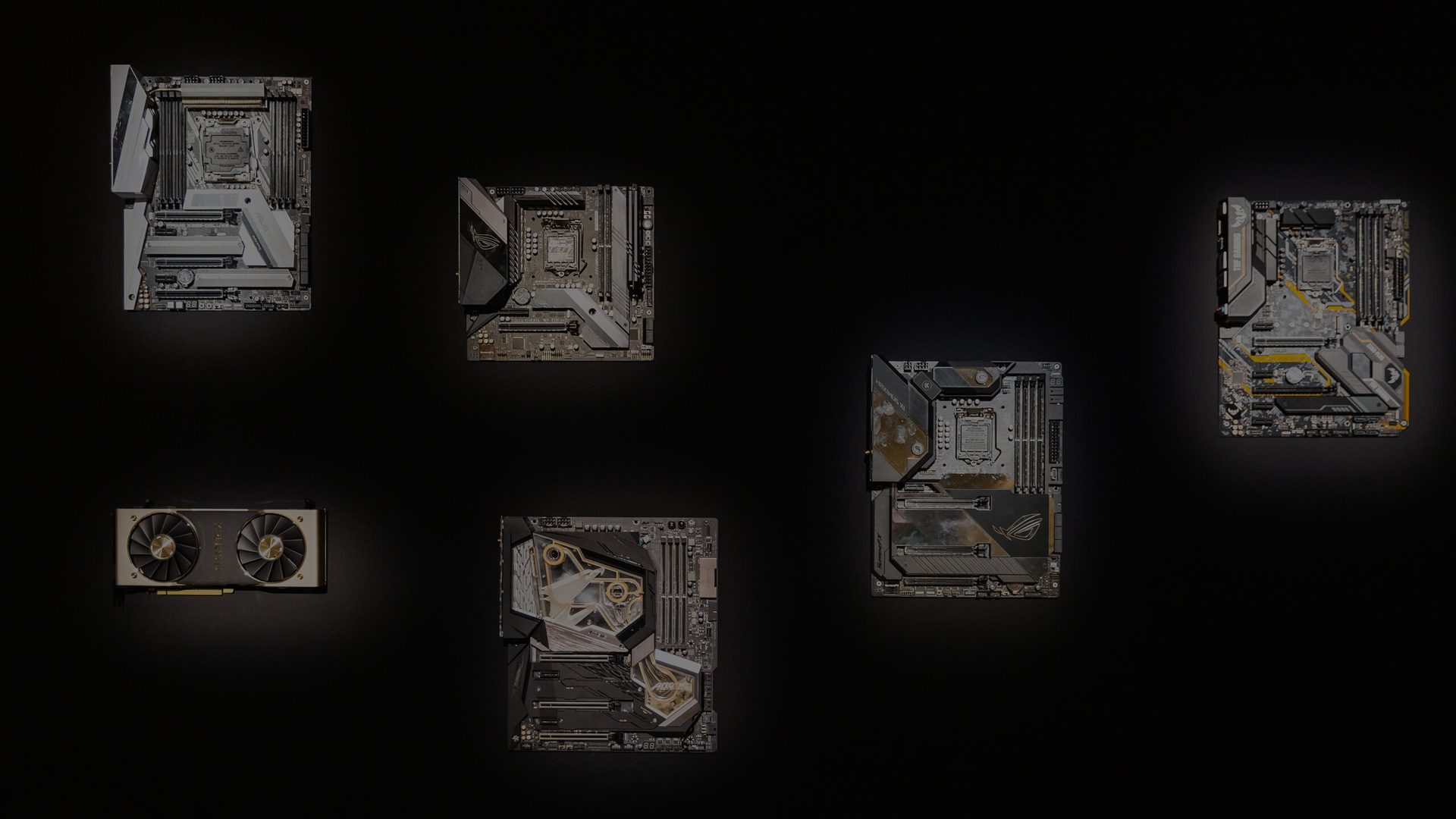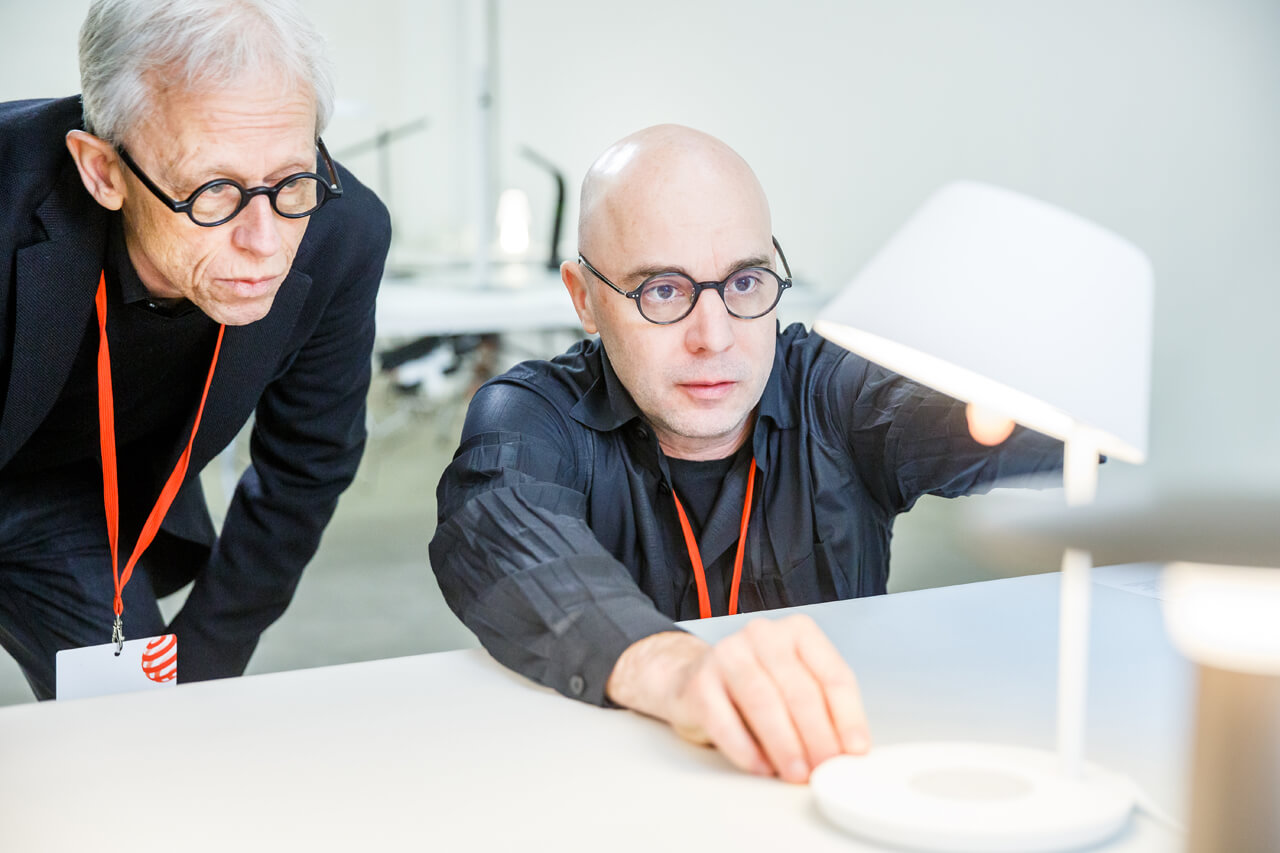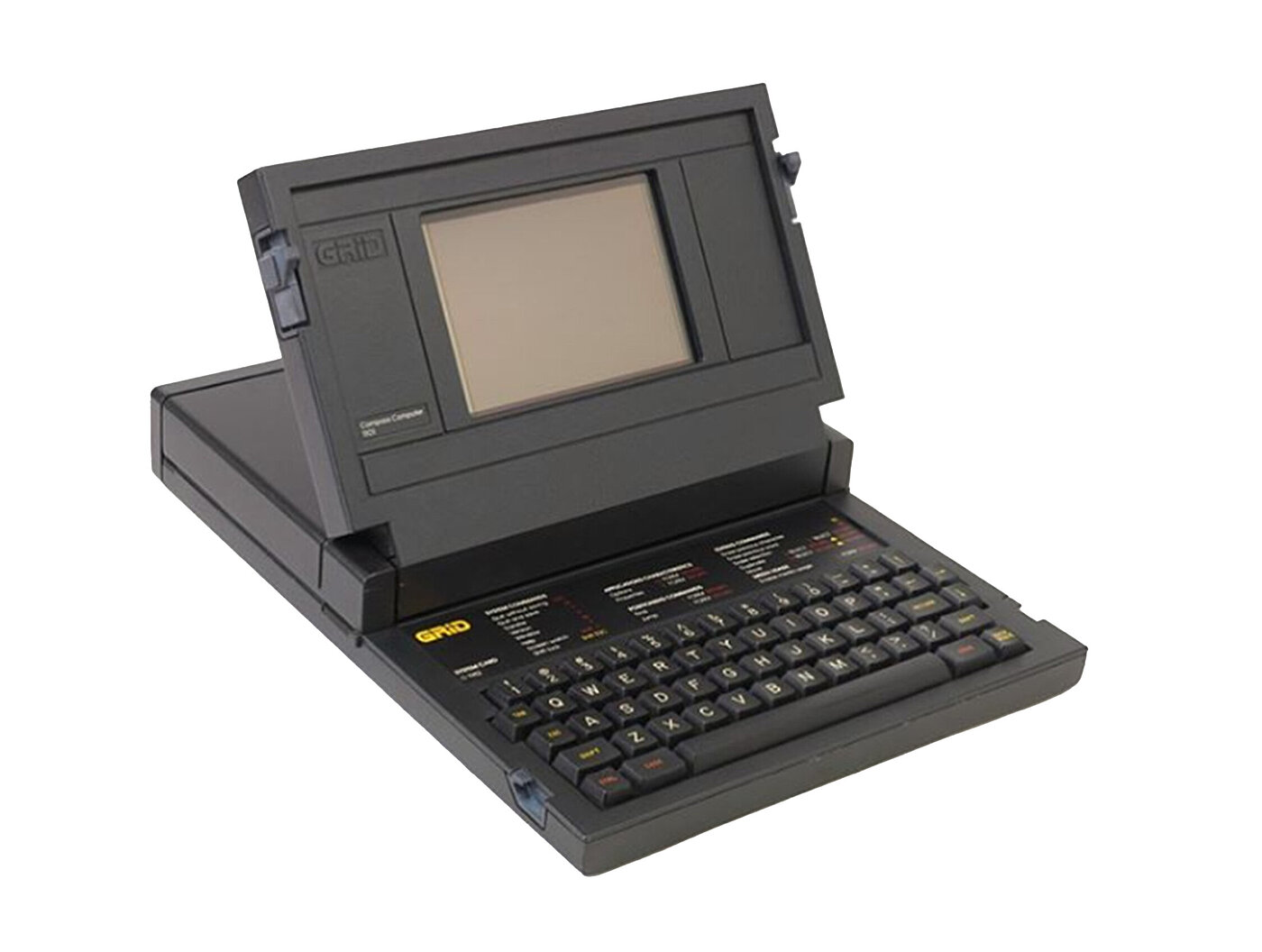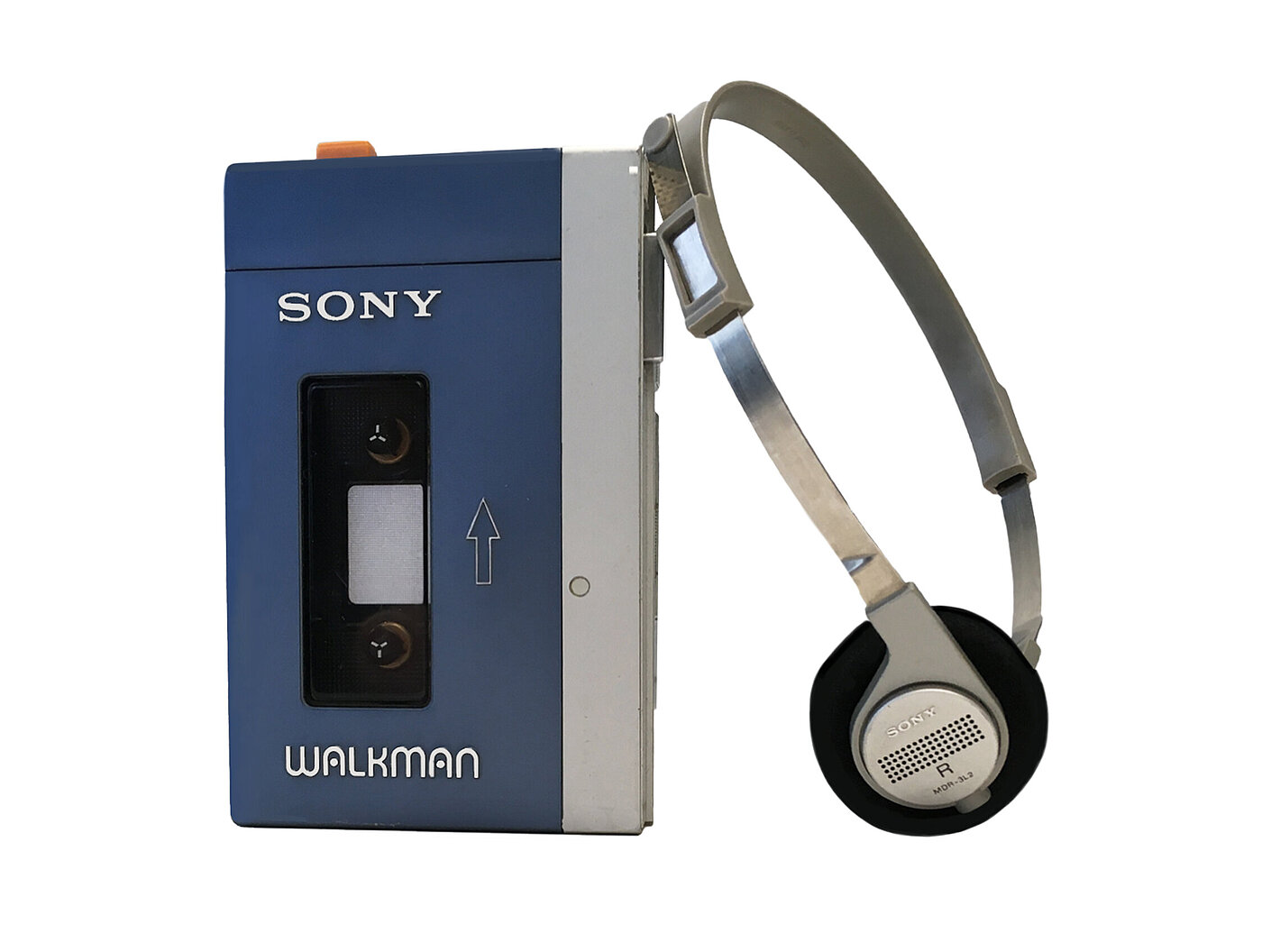Innovations in product design – little details account for big changes
Steve Jobs once said that innovation distinguishes between a leader and a follower. He also showed how to make that happen: under his leadership, the first generation of iMacs, iPhones and iPads saw Apple become one of the companies with the world’s most innovative design products. There are many other companies besides that have used innovative designs to make a name for themselves and leave their competitors far behind, at least for a while, until the innovation ultimately becomes industry standard. However, the development of ground-breaking innovations is quite rare. Most of the time, designers and companies are working on the continuous improvement of existing products. They change small details to have a big impact. The Red Dot Award rewards all of these outstanding achievements, ranging from small innovative details to revolutionary new developments.
The search for design innovations in the Red Dot Award
For more than 60 years, every year the competition sets out in search of products that combine innovation with design.Since 2020, innovative products have been given an even-larger platform in the Red Dot Award: Product Design. The introduction of the “Innovative Products” metacategory means that innovative entries are now subjected to an additional, specific assessment. During the first walkthrough, the jurors assess the products in terms of their comprehensive design. In the second walkthrough, the focus is on the innovation highlighted by the participant.
Ultimately, the metacategory recognises new developments that stand out thanks to technical refinements and reimagined forms, the development or use of new materials or a revolutionary approach to use. The award thus aims to find objects that set new standards in their respective industry or that even have the potential to become a basis for innovation to expand the design scope of designers and architects.
Refinements and improvements as a basis for innovation …
The first real laptop, the GRiD Compass 1100 by Bill Moggridge, or the Sony Walkman are examples of ground-breaking new designs. However, entirely new and revolutionary objects for which an original form needs to be invented are seldom. These products exist mainly in the tech sector, if at all.
Most of the new products brought to market constitute a refinement, a variation or an improvement of existing objects. Designers can choose from numerous options, as their scope gets bigger with each new material and each technical innovation as well as with new processing and production techniques. These new developments are the strongest innovation drivers in product design, because they allow for the continuous improvement of existing objects and thus for the constant optimisation of the world we live in. Although the changes may initially appear minimal, they can turn out to be ground-breaking and can herald a whole range of developments that improve our standard of living in the long term.
… as seen from the example of the light bulb
The lighting sector provides an excellent example of this phenomenon. The basis for the design of electric lamps was the invention of the light bulb by Thomas Alva Edison in 1879. The disadvantage was that it converted more than 90 per cent of the electricity used into heat instead of light. As a result, designers and engineers dedicated themselves to constantly refining the light bulb.
These efforts resulted in the halogen bulb, which has a longer life cycle and uses slightly less electricity than a traditional light bulb. At first glance, it looks very similar to a traditional light bulb. Both products use electricity to heat up an electrical conductor to make it light up.
Work on developing LED technology has been ongoing since as far back as the 1970s. LEDs were originally limited to uses where only a small amount of light was needed, for example in digital watches and pocket calculators. Nowadays, they are used in a wide range of areas, from private homes to the automotive sector and consumer electronics. The advantage of LEDs is that they produce light in an entirely different way. They are designed as semiconductors and produce photons, which the human eye perceives as light. LEDs have extremely low energy consumption and a long service life. These two benefits suggest that LEDs will be the future, but this insight has only been gained gradually over time and as a result of countless improvements.
Innovation and design combined
The progression from the light bulb to the halogen bulb and then the LED also had a visible impact on the design of lamps. For example, a light bulb required a lampshade to direct the light. In addition, the heat produced always needed to be taken into account. Furthermore, standing lamps and table lamps needed a heavy base to balance the weight of the head of the lamp.
The “Tizio” desk lamp designed by Richard Sapper in 1972 for Italian manufacturer Artemide is a perfect example of how the halogen bulb can influence the design of lamps. The designer used low-voltage halogen technology that was pioneering at the time. This meant there were no unsightly cables to spoil the look of the filigree lamp. Instead, the current is transmitted to the light via the arms. This technology facilitated not only the crane-like design of this design classic, but also its extraordinary flexibility. It can be positioned entirely at will thanks to the two arms with the corresponding counterweights.
The fact that LEDs are available in different shapes means that lamps which use this kind of light can vary in terms of their shape. Every year, there are still products in the Red Dot Award: Product Design that surprise and enthuse the jury members. In 2016, these included the “Mesh” chandelier from Luceplan, which was created by Francisco Gomez Paz. The lamp is designed based on an experimental approach to a technology that makes it possible to break LEDs down into very small units. Mesh is made up of a network of metal wires with LEDs integrated in the points where the wires cross. This makes each point of light independent and gives the lamp a filigree appearance. In 2020, it was the lamp “Magellan” by Kuzco Lighting and Ryan Pauly that won a Red Dot: Best of the Best for its pioneering design. Magellan is characterised by its purist and concentric shape. Indirect light is projected onto the inside of the shades made from spun aluminium, creating an even diffused light.
Registration ends on 19 February
The progression in the lamp industry is just one of many examples that show how ground-breaking innovations emerge gradually through countless optimisations. The Red Dot Award: Product Design 2021 will reward these promising achievements, the patience of the designers and manufacturers and their stamina. They can register their innovations in the “Innovative Products” metacategory up until 19 February 2021. New creations from more than 50 areas can be entered in the competition and can range from small innovative details to revolutionary new developments.










